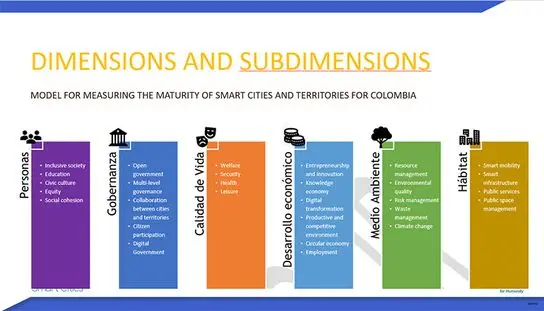Tutorial 4: Boosting Your IoT Device Compute for Smart Cities
Dan Kepner, Josh Jacobson
-
Members: $15.00
IEEE Members: $20.00
Non-members: $30.00Length: 01:00:18
Tutorial
28 Sep 2020
Through the introduction of “secondary workloads”, the distributed compute and container technologies enable the ability to unify compute for larger workloads, provide additional resilience to cyber attacks, and better utilize IoT devices. The distributed compute enables the ability to unify IoT resources in a Smart City with other intelligent devices, allowing larger compute workloads to execute across a broad compute fabric at the edge. This distributed compute capability provides resiliency against cyber-attacks for IoT devices in Smart Cities by decentralizing key compute functions across multiple nodes.
The workload placement technology enables “secondary workloads” to run on IoT devices taking advantage of underutilized compute cycles on the devices, or during idle times of the day/night – making the IoT device even more powerful. The increasing in on-device IoT processing capabilities enable real-time decision making in a Smart City and reduces the bandwidth requirement on devices.
This tutorial provides a live demonstration of the ability to distribute high compute workloads across a combination of IoT devices and other compute assets, all working on the same compute job. These applications will be deployed as “secondary workloads” on compute devices (IoT + desktop + server), scheduled to run certain hours, and utilizing a subset of a compute asset’s resources.
The workload placement technology enables “secondary workloads” to run on IoT devices taking advantage of underutilized compute cycles on the devices, or during idle times of the day/night – making the IoT device even more powerful. The increasing in on-device IoT processing capabilities enable real-time decision making in a Smart City and reduces the bandwidth requirement on devices.
This tutorial provides a live demonstration of the ability to distribute high compute workloads across a combination of IoT devices and other compute assets, all working on the same compute job. These applications will be deployed as “secondary workloads” on compute devices (IoT + desktop + server), scheduled to run certain hours, and utilizing a subset of a compute asset’s resources.
Primary Committee:
IEEE Smart Cities Conferences



